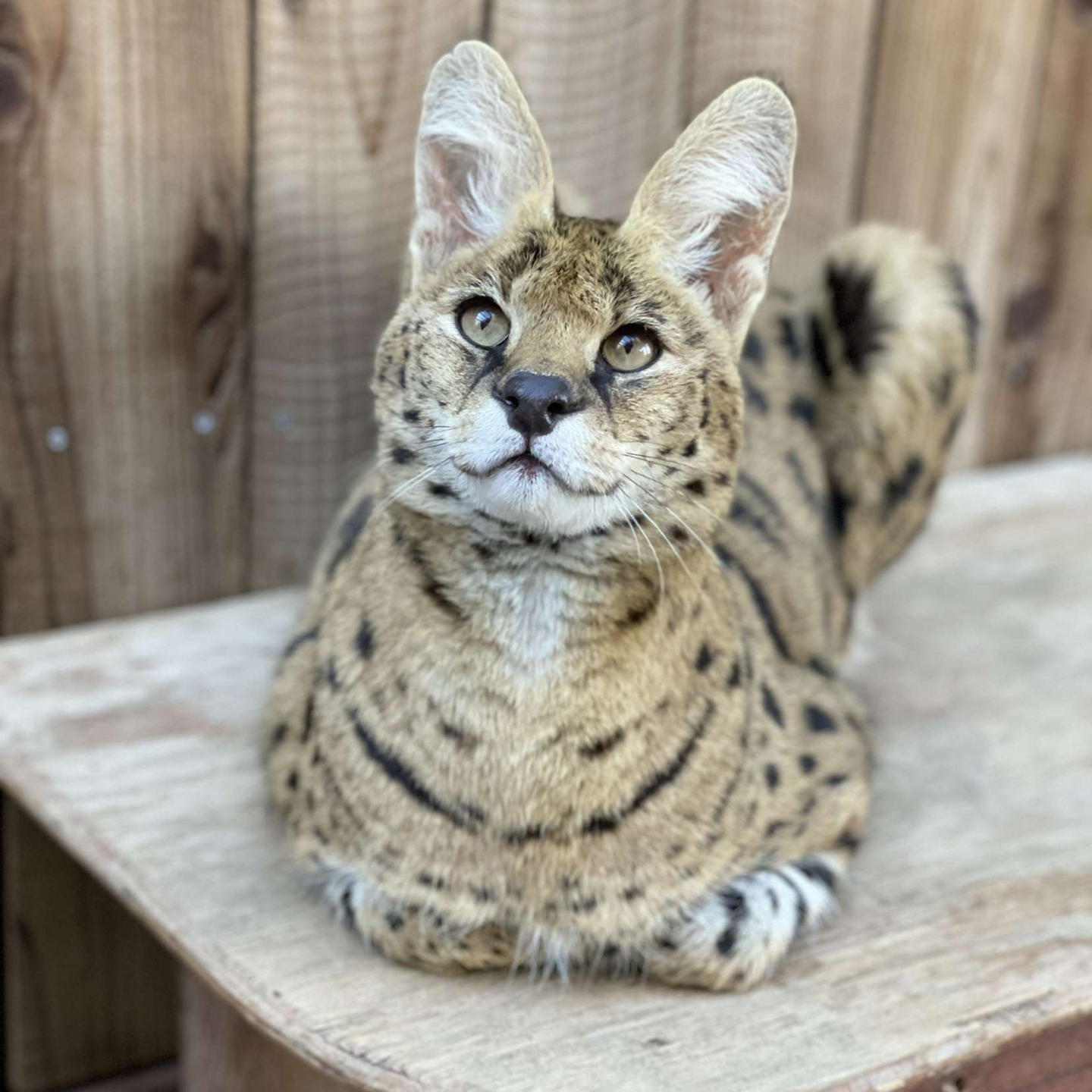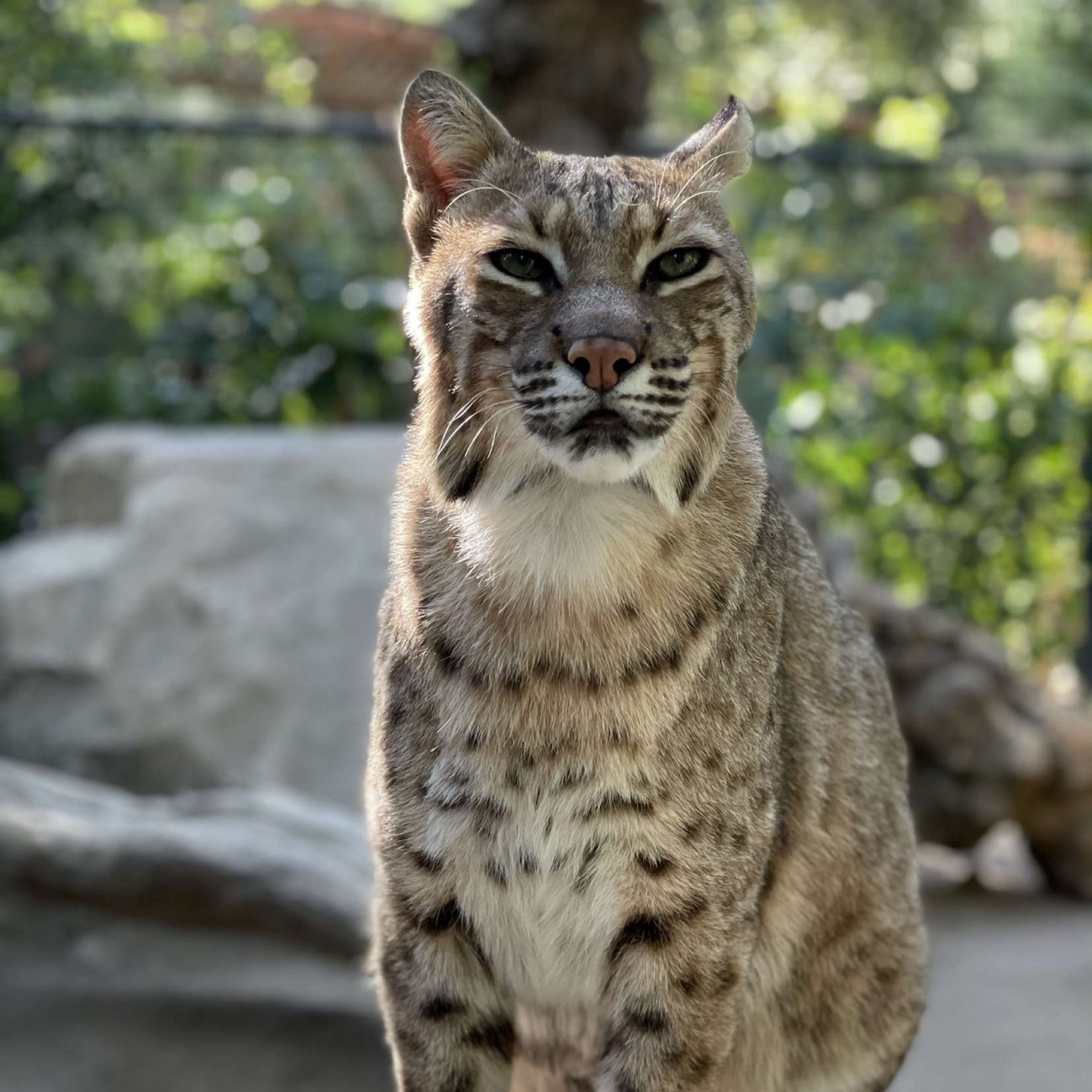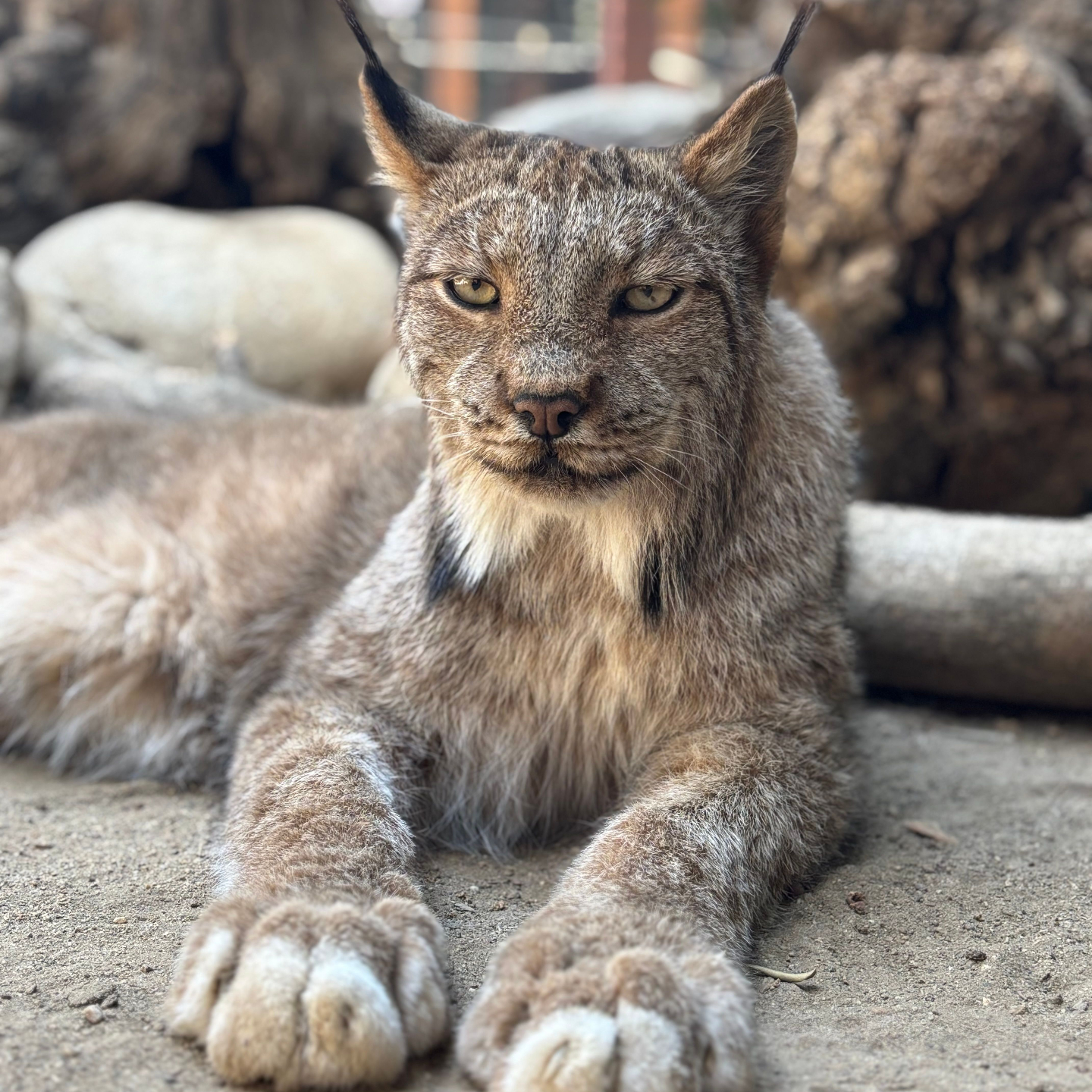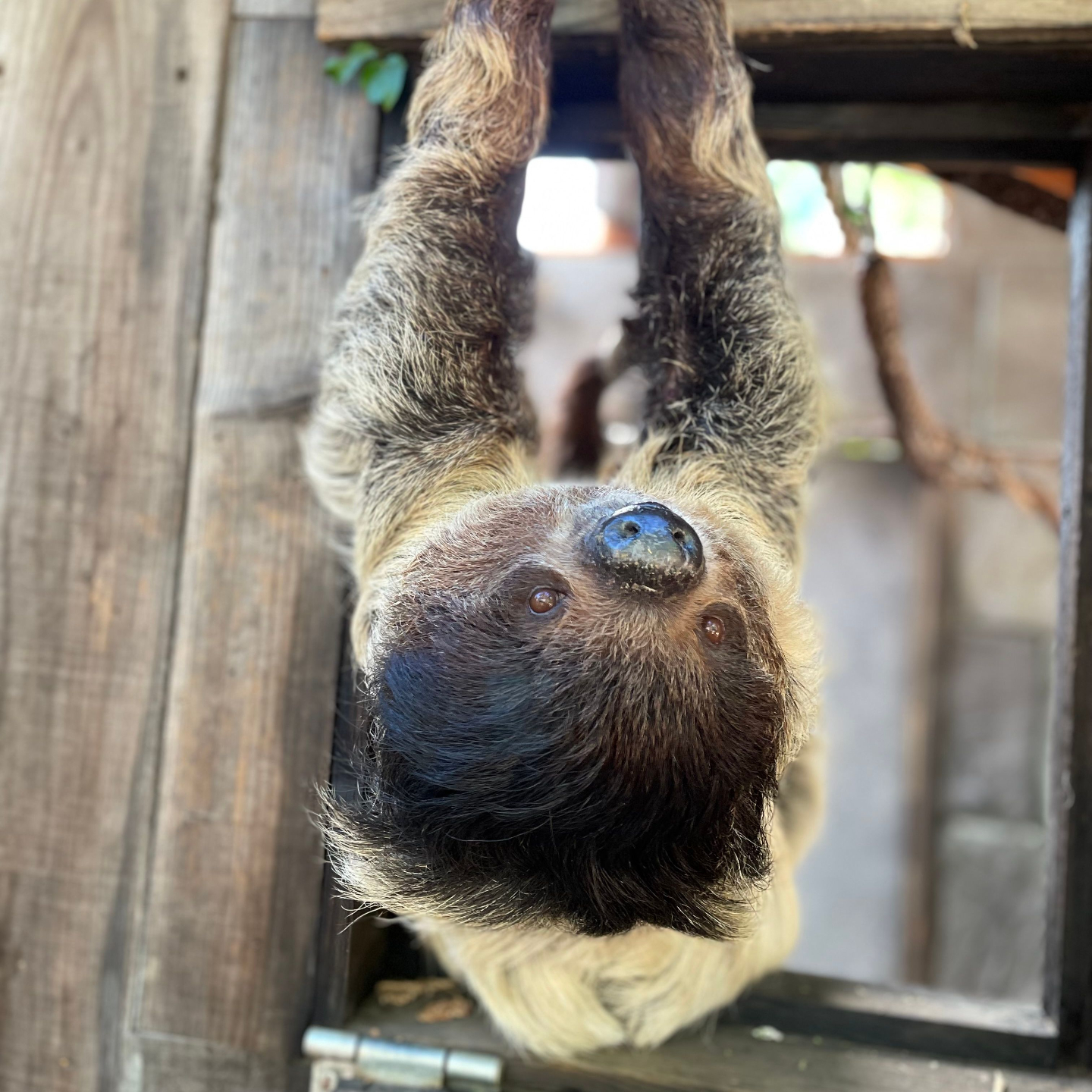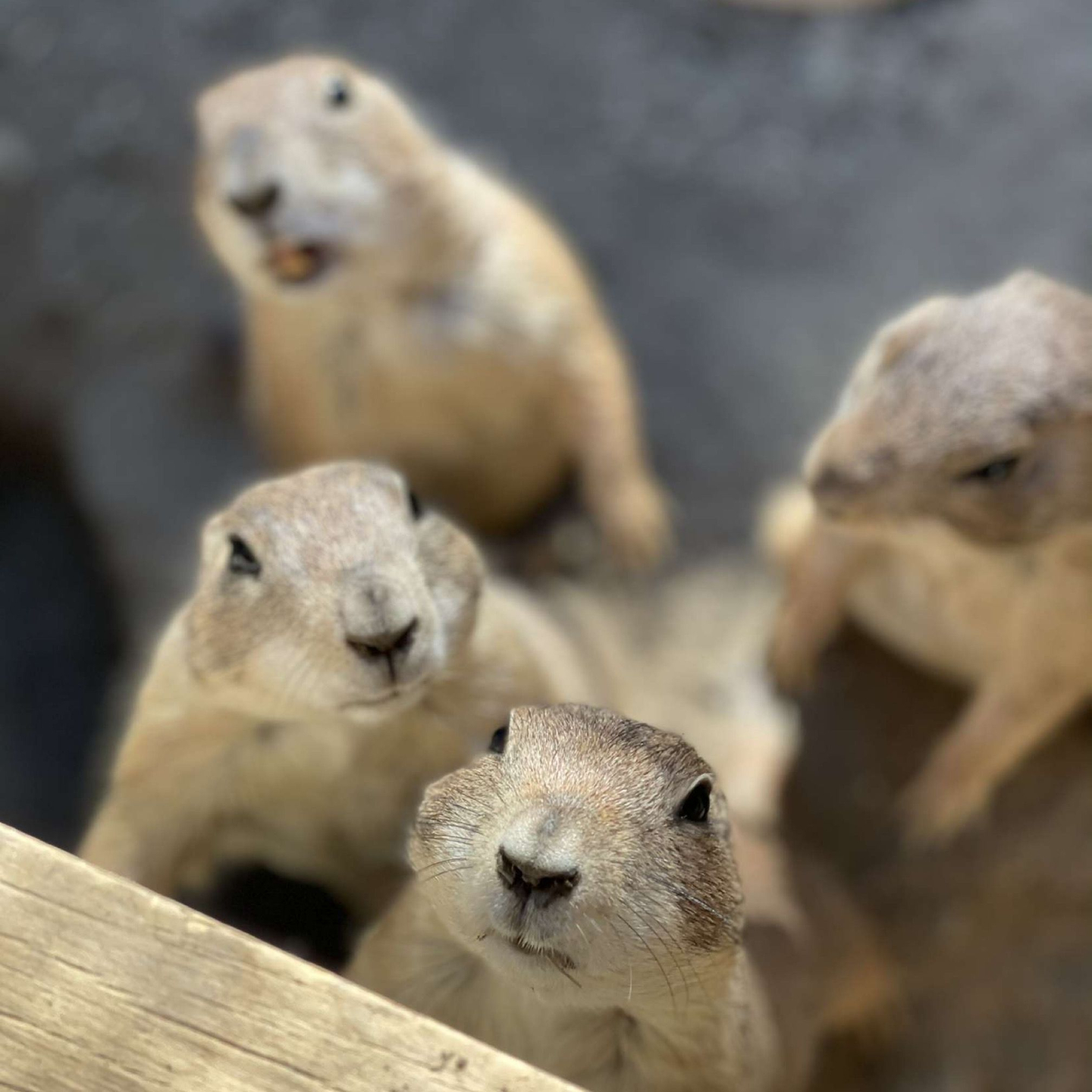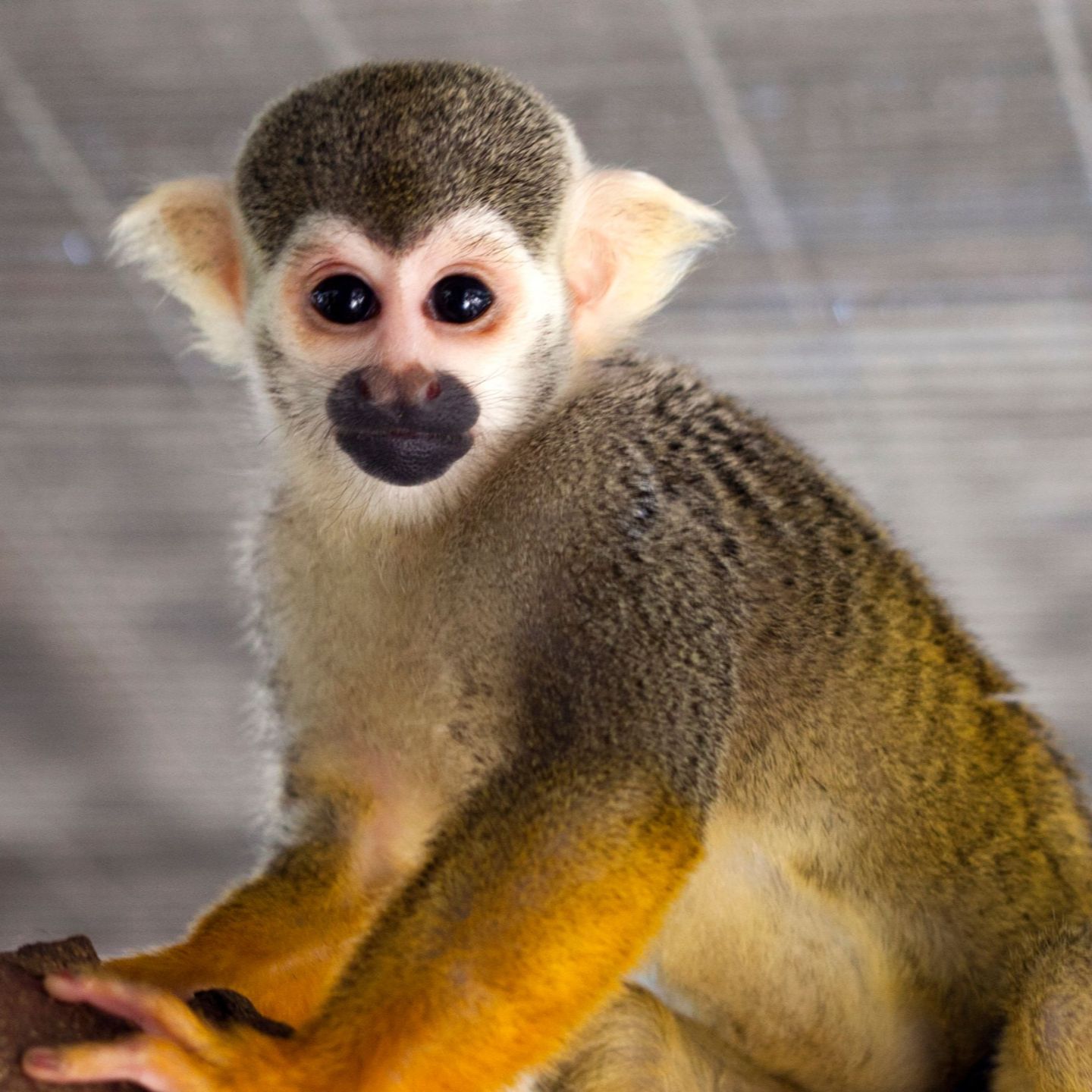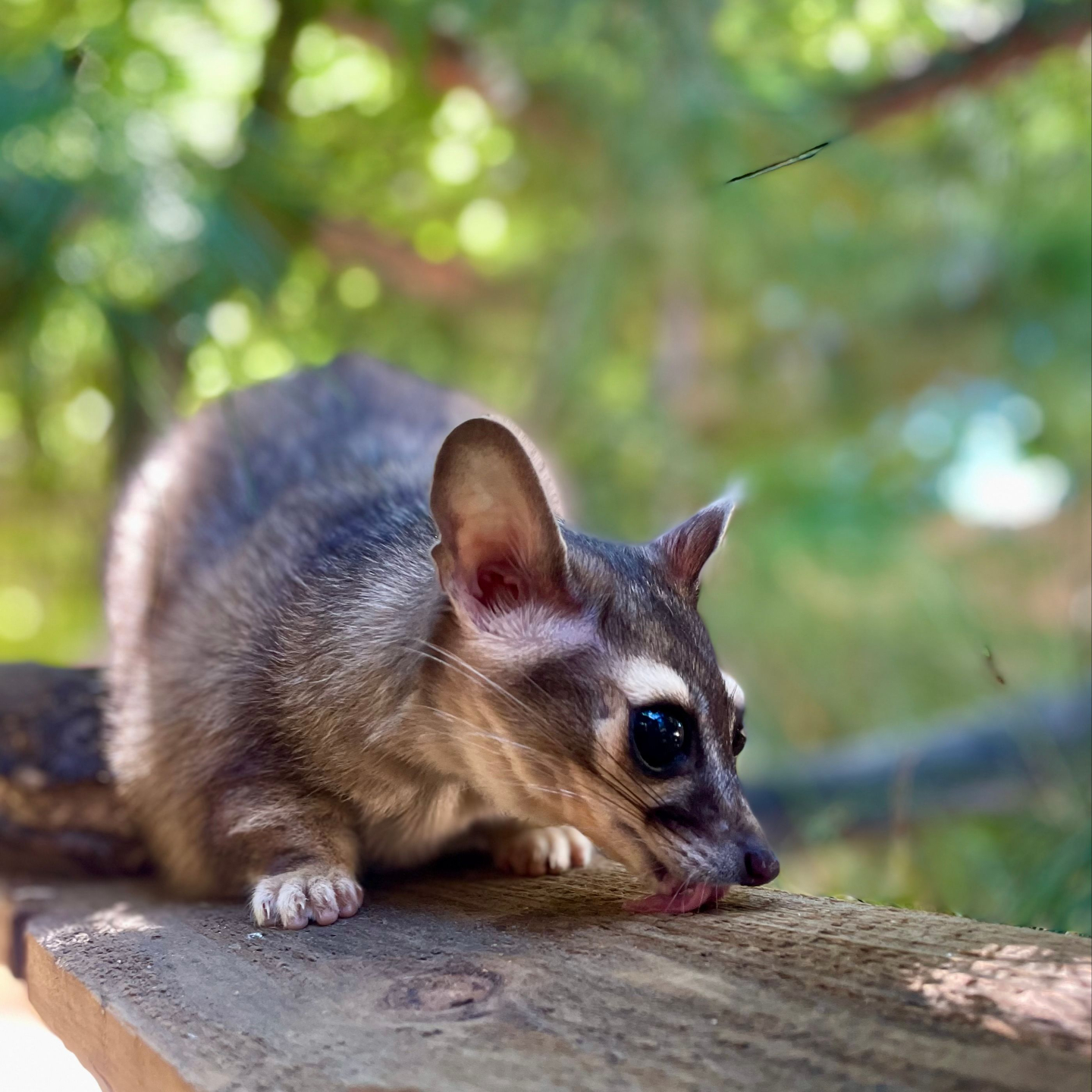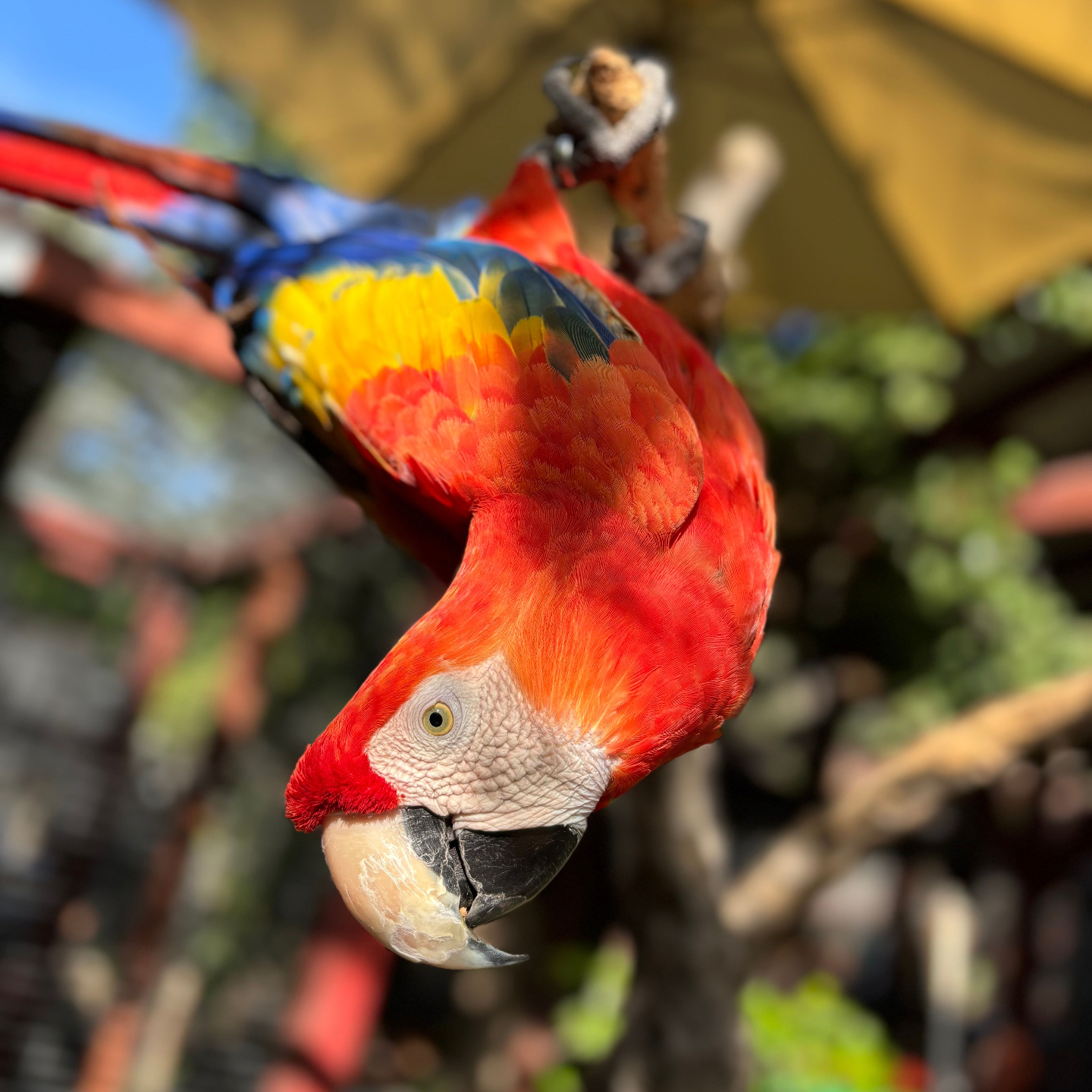REPTILES AND MORE
Blue Tongue Skink

Gila Monster

Gopher Snake
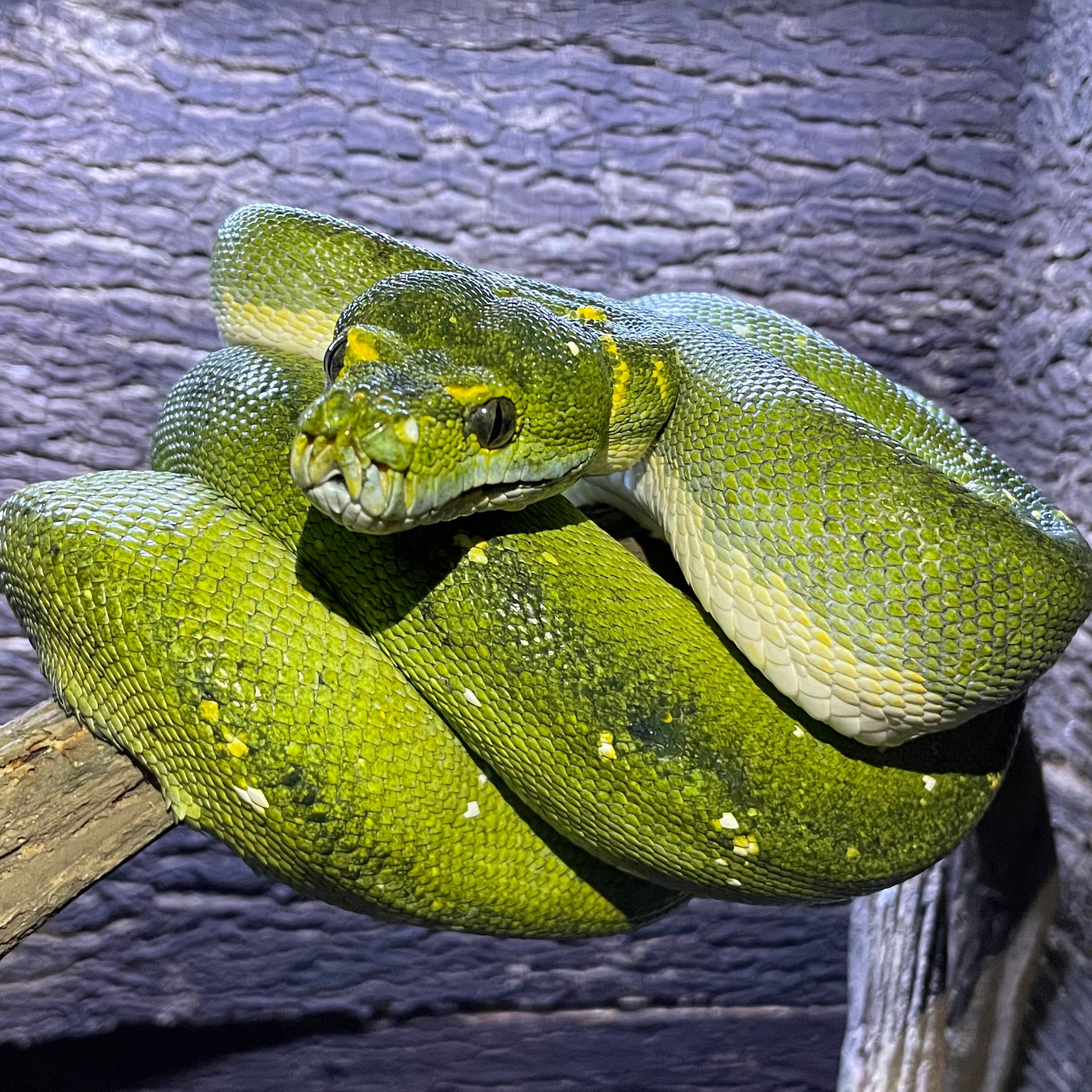
Green Tree Python

Honduran Milksnake

Kenyan Sand Boa
California Kingsnake

Legless Lizard

Leopard Gecko
Prehensile-tailed Skink

Red Tegu

Eastern Indigo Snake

Rainbow Boa

Red Tail Boa

Reticulated Python

Magnificent Tree Frogs

African Bullfrog

American Bullfrogs

Tiger Salamander

Vietnamese Walking Sticks

Madagascar Hissing Cockroach

African Sulcata Tortoise

CA Desert Tortoise

American Alligator

Eagle: Denali’s Story
Denali was found in North Carolina with an injured wing. She was taken to a rehabilitation center and was deemed non-released because of an arthritic wing. She spent over a year in a rehabilitation center, and now has a life-long home at Wildlife Learning Center.

Squirrel Monkey: Bella’s Story
Far too often people make the mistake of thinking a monkey can make a good pet. This was the case with Bella. A man kept Bella as a pet, confined to a small birdcage. Squirrel monkeys are highly intelligent and social animals that require the company of other monkeys and a stimulating environment. When this man was diagnosed with terminal cancer, he needed to find another home for his pet. Bella was moved to Wildlife Learning Center, where she enjoys the companionship of Dr. Peepers and Eddie in a large, enriching enclosure with trees and other climbing structures to play on.

Squirrel Monkey: Eddie’s Story
Eddie was born in an ophthalmology laboratory where he was destined to be a research specimen. Eddie’s mother abandoned him and lab personnel were not interested in the work required to raise a baby monkey. Because he was so young, he was not useful for research and the lab looked to place the baby monkey in another facility. The decision was made to send him to WLC, where he now enjoys an outdoor enclosure and the companionship of Dr. Peepers and Bella in a large environment with trees and other climbing structures to play on.

Scarlet Macaw: Catcher’s Story
Catcher came to WLC when her owners moved to Colorado. Because macaws originate from the warm rainforests of Latin America, they were concerned about Catcher’s well being during the cold Colorado winters. Catcher immediately bonded with Jake and the two have been inseparable since they first met.

American Alligator: Fluffy’s Story
It’s terribly unfortunate that some people make the mistake of illegally acquiring a dangerous wild animal as a pet. Fluffy was kept in someone’s bathtub until the novelty of owning an alligator wore off and he relinquished his pet to WLC.

Harlequin Macaw: Jake’s Story
Jake had a loving home for 19 years until his human parents had a baby. Fearing Jake’s potential to deliver a serious bite, they made the decision to find another home for their beloved bird. Jake moved to the Wildlife Learning Center and quickly bonded to staff members. Soon after Jake’s arrival, Catcher, a scarlet macaw, came to WLC where she bonded almost immediately to Jake. They have been an inseparable couple ever since and provide each other with constant companionship and enrichment.

Reticulated Python: Daisy Mae’s Story
Daisy Mae was kept as a pet, roaming freely in a young man’s apartment. Reticulated pythons are considered the longest species of snake in the world, easily reaching length over 20 feet. These pythons have a reputation for being aggressive and because of their large size, are extremely dangerous. When Daisy Mae first arrived at WLC, she was severely underfed. Once she received an appropriate diet, she started growing at a rapid rate. Daisy Mae is now 15 feet long and still growing!

Red-Tailed Hawk: Willow’s Story
Willow was hit by a car and sustained a severely broken wing that was beyond repair. Amputation was her veterinarian’s only option. Because Willow is unable to fly and hunt, she cannot survive in the wild. Willow was transferred to Wildlife Learning Center, where she will have a home for life. Willow is doing remarkably well despite her injury. She can easily hop from the ground to any one of her favorite perches.

Gray Fox: Kina’s Story
Kina was found orphaned in the Santa Monica Mountains and sent to a wildlife rehabilitator to be raised with the goal of releasing her back into the wild. When Kina was found she was still too young to eat on her own and should have been nursing from her mother. She was then fed from a bottle, and even though it was unintended, Kina imprinted on humans and lacked the skills to survive in the wild. Even though Kina does not live in the wild, her trust of humans has allowed her to be an excellent education animal who loves being around people and going to schools to teach children about California native wildlife.

Hedgehogs
Hedgehogs are illegal to keep as pets in California. Unfortunately, people still acquire hedgehogs for pets. The Wildlife Learning Center has taken in a number of hedgehogs over the years. Sometimes they are confiscated by California Department of Fish and Game and placed at the Wildlife Learning Center. Other times, owners will come to the Wildlife Learning Center and relinquish their pet hedgehog after the novelty of owning an unusual pet wears off.

Chinchillas
Chinchillas are sometimes successfully kept as pets, but unfortunately, they are often bought by impulsive owners who do not research the care they need. Chinchillas are extremely messy and produce a lot of waste, including spraying their urine to mark their territory. They are also quite delicate and easily parish if their ambient temperature gets over 83 degrees Fahrenheit. All of the chinchillas at Wildlife Learning Center to came to us from owners who no longer wanted them.
Please consider contributing to the care of these deserving animals. Some of these animals were confiscated from people who kept them as illegal pets; some owners relinquish a pet because they no longer can or want to care for their animal; and some are rehabilitated animals that are determined to be non-releasable, meaning they cannot survive in the wild. For these animals, Wildlife Learning Center becomes their permanent home, where they receive life-long care.
CLICK HERE TO LEARN HOW YOU CAN HELP OUR ANIMALS
